NEW Glue Pulling Systems- In Stock!
NEW Glue Pulling Systems- In Stock!
BODYSHOP
WORKSHOP
WELDING
TOOLS
SAFETY
ALUMINIUM DENT REPAIR, IS IT MORE DIFFICULT THAN STEEL?
October 07, 2019 6 min read 2 Comments
Repairing aluminium car body panels is not necessarily more difficult than steel body panels, but it does require different welding equipment and an understanding of some of the characteristics to repair it efficiently. Here we discuss the equipment, techniques and theory for repairing dents in aluminium car body panels.
Aluminium is an alloy and as such many different types are available but they fall into certain categories or series.
- 1000 Series Aluminium - Pure Aluminium 99.9%
- 2000 Series Aluminium - Contains Copper
- 3000 Series Aluminium - Contains Manganese
- 4000 Series Aluminium -4043 AlSI Silicon being the most popular industry standard. Its soft and malleable
- 5000 Series Aluminium- AlMg Magnesium -5356 being the most popular industry standard.
- 6000 Series Aluminium- Contains Silicon And Magnesium. Can be heat treated
- 7000 Series Aluminium- Contains ZINC- Can be heat treated
Aluminium is unlike steel in that it doesn’t have a “memory” or “desire” to return to its original shape once it’s damaged. It will want to remain in its damaged state, and you’ll need to apply different techniques to assist it in returning to its original state.
Aluminium also gets harder or stiffer when it’s damaged and again when it’s straightened. This is called “work hardening” and is a definite part of the understanding process.
Cosmetic exterior panels made from aluminium are generally made from heat-treated 4000 or 6000 series aluminium.
Heat-treated aluminium can range in hardness from a T0 (which is very soft and malleable) to T6 (so hard that when you attempt to bend it, it’ll break).
Many outer aluminium body panels are temper T4, which is very strong and dent resistant.
Aluminium is unlike steel in that it doesn’t have a “memory” or “desire” to return to its original shape once it’s damaged. It will want to remain in its damaged state, and you’ll need to apply different techniques to assist it in returning to its original state.
Aluminium also gets harder or stiffer when it’s damaged and again when it’s straightened. This is called “work hardening” and is a definite part of the understanding process.
Steel Dent Pulling Welders
Steel dent pull welders are typically DC transformer or DC Inverter.
These smaller dedicated steel welders give a current output of between 2500 and 3500 amps DC. These types of welder will not work on aluminium.
Aluminium Dent Pulling Welders
For aluminium higher currents are required, therefore “Capacitor-Discharge Stud Welders” have traditionally been used for vehicle body repair.

The capacitor discharge type of welder welds special studs to the panel by releasing a large instantaneous current at a set voltage determined by the stud size to be welded.
On the bottom of the stud is a small nipple, this is the contact current point for the weld. It is important though when trying to pull creases that no other part of this nipple touches the panel as this would result in a failed weld. Clean your aluminium with either a stainless steel wire brush or some 300 grit paper and also ensure there is no grease or oil on the nipple prior to welding.
The surge of current concentrated through the nipple at the bottom of the stud causes it to vaporise the bottom of the stud and the surface of the material. The spring tension forced onto the stud by the gun then forces the stud onto the panel, fusing both the stud and material together. This happens really fast and explosively in 0.004 seconds!
Aluminium Weld-On Tab Welders.
These are quite new to the market and rely on the drawn arc method of welding a standard aluminium tab to the panel. They look the same as the steel ones they already use with the dent pull welders named above.
They have a special motorised gun that draws the tab away from the panel as its welding creating the weld ( Drawn Arc Welding)
There are three types of weld tag AlMgSi ( Silicon, Magnesium), AlMg3 (Magnesium) And Al99.5 (Pure Aluminium). It is advised to use the corresponding tab to the material to be welded.
Generally, on 6000 series, we would recommend AlMgSi Tabs.
They also have gas coverage while welding to prevent contamination of the weld from the atmosphere. Contamination with aluminium is a big thing as aluminium is very susceptible to this contamination and reacts to it. This can create scabbing around the contaminated area if not properly cleaned.
The motorised tab welder gun process also creates a stronger weld than the capacitor discharge welders and they are far easier, quicker and professional to use.
Preparation
Clean the area to be repaired with an abrasive grinder but try to leave as much paint on the vehicle as possible. This is so while pulling you can see the contour of the dent more easily. This will reduce the chances of over pulling and stretching the panel whilst working.
One of the main problems with aluminium dent pulling is getting the studs to attach to the panel.
Aluminium forms an oxidisation layer after only 20 minutes. This oxidisation layer takes a high amount of heat to get rid off (aluminium’s melting point is 1,200°F and aluminium oxide is 3,700°F) and so if left on inhibits correct welding.
Aluminium is prone to galvanic corrosion when it comes into contact with steel. A steel molecule stuck on aluminium stops the growth of the self-protecting oxidisation layer and leaves that are open to the elements. If that area then comes into contact with an electrolyte such as water then corrosion will occur. This looks like white scabs and can even grow under the paint.
I would recommend cleaning the joint to be welded just prior to work with a stainless brush or sanding disc with 320 Grit. Ensure it's not been cross-contaminated with a steel panel. Always ensure a clean area for working and that all tools are only used on aluminium.
Ensure a good earth connection, close to where you are working. The current comes from the earth and the gun/stud are the return back to the machine, therefore the better the earth contact the better the weld.
Practice on an old panel and start with a lower power setting and work up. This reduces the chance of blowing holes in your vehicle panel.
Carrying Out An Aluminium Repair.
Step 1:
Assess the damage and develop a repair plan. Gather all tools and lay them out in repair sequence. Our dent is softball size with a deeper center that will require stud welding.
Clean the area using 320 grit paper or a stainless steel brush and ensure there is no grease or oils on the panel.
Step 2:
Apply heat. Notice the size of the dent is reducing because the heat is relieving stress that’s locking the dent into position.
Aluminium dent repair should always be heated. The heat range is between 400 and 570 degrees F.
Aluminium loses its temper once you exceed 570 degrees F and becomes permanently soft. It will melt and fall through at 1,174 degrees F.
Step 3:
Notice the size of the dent as you continue to bring the dented metal up to the heat repair range.
Because aluminium is such a good conductor of heat, it’ll warm up much faster than steel. Back off, be gentle., try not to burn the paint.
Step 4:
Monitor your heat carefully during the heating process to avoid exceeding the upper range. Several methods are available for monitoring heat:

Heat crayons (two will be needed, one at 400 degrees F and another at 550 degrees F)

A digital thermocouple meter. Any of these two methods for heat control are acceptable.
A word about non-contact thermometers: They’re sensitive to shiny surfaces because of how the surface is read by the thermometer.
A painted surface will give an accurate reading, while a bare sanded surface will not. This is important! The higher the temperature, the bigger the discrepancy between the painted surface and the shiny bare surface. The difference in reading can exceed 100 degrees F at the high range.
Solution: Don’t point the non-contact thermometer at bare aluminium. If necessary, apply high heat black to the repair area prior to heat. I
In the stud welding process, a black soot forms around the base of the stud that provides a suitable surface to use. You may also choose to reduce the area you grind paint from to allow for taking heat readings from nearby painted areas.
Step 5:
Take your heat close to the upper range for better results. While aluminium heats up quickly, it dissipates heat rapidly so the closer to the higher limit you are, the more time the metal has to relax and return to its original contour.
You can localise the heat more effectively by using Cool Gel. Simply spray this gel around the area you want to repair. The gel acts as a barrier and stops the heat-dissipating.
Aluminium needs to be quenched or cooled into its position so as to stop the material springing back again if the panel gets heated.
Step 6:
Be careful not to overstretch the aluminium, with a large dent, work from the outside to the centre of the dent so as to reduce this.
Aluminium is just as easy to dent repair as steel there are just a few rules to understanding the material that you need to observe.
CREDITS
* Capacitor discharge infographic-Stanley Engineering
2 Responses
msautos mandheer
November 21, 2022
Morning I would like to know if your machine will do steel metal and aluminium
Please come back thanks mand
Leave a comment
Comments will be approved before showing up.
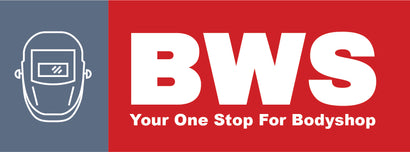
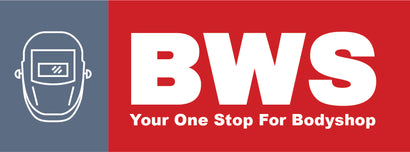
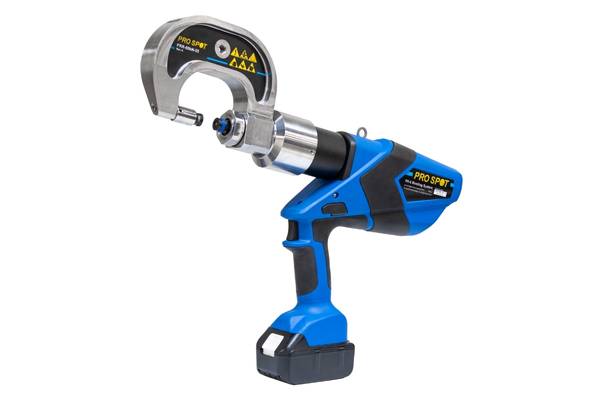
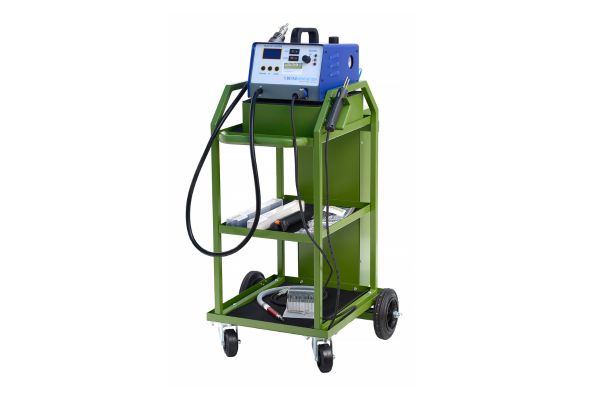
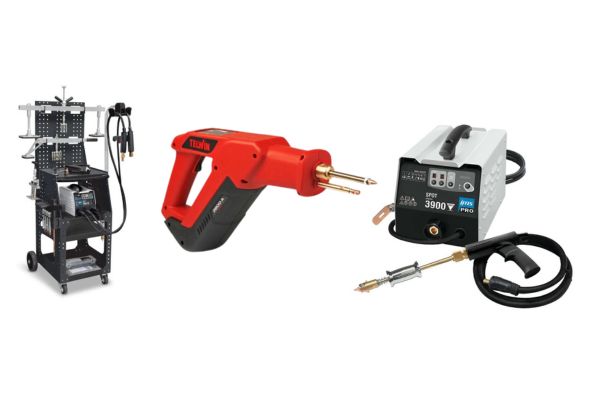
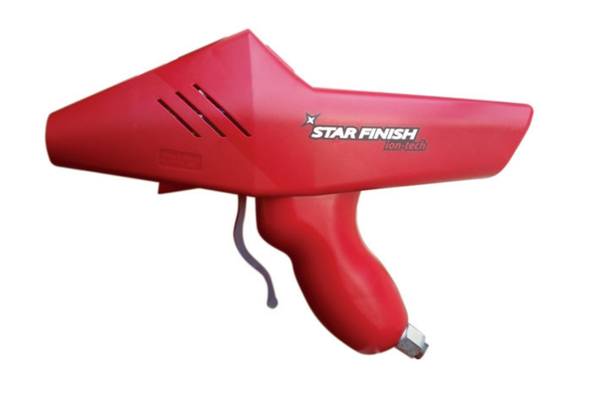
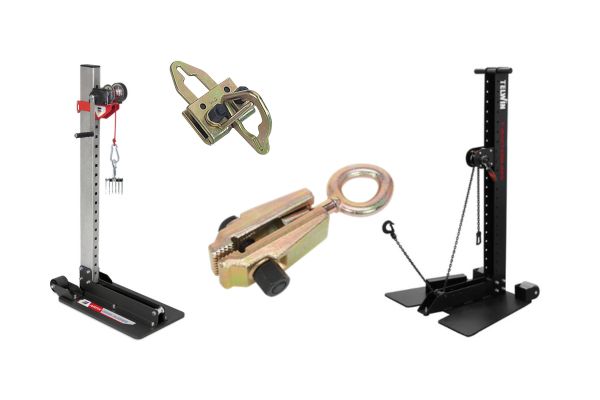
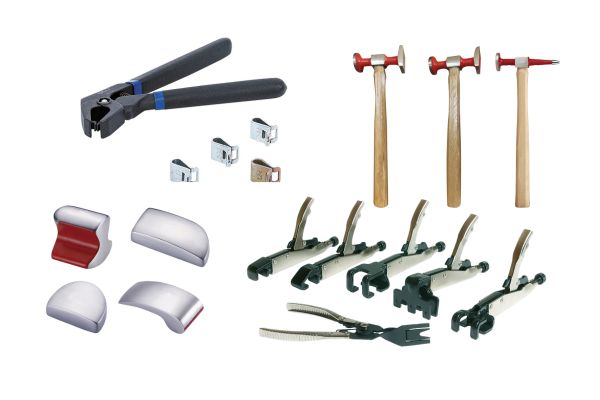
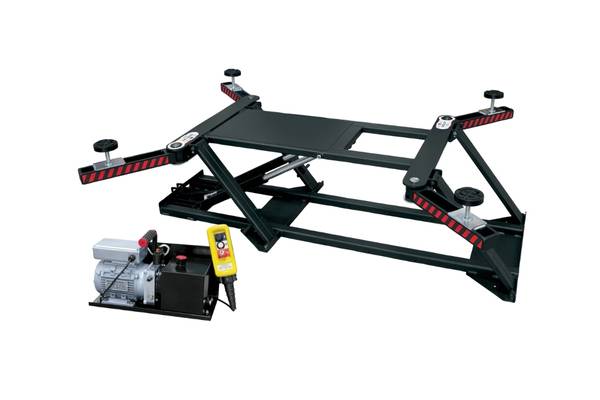
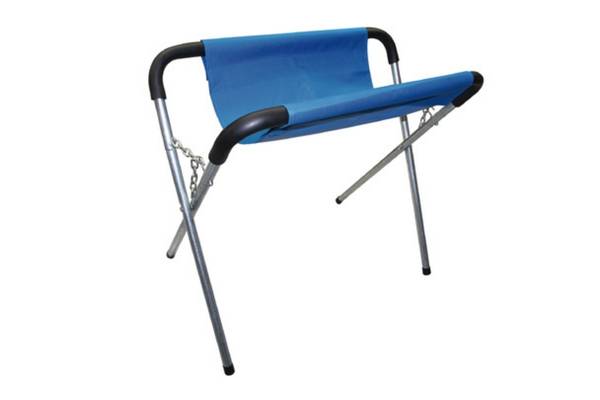
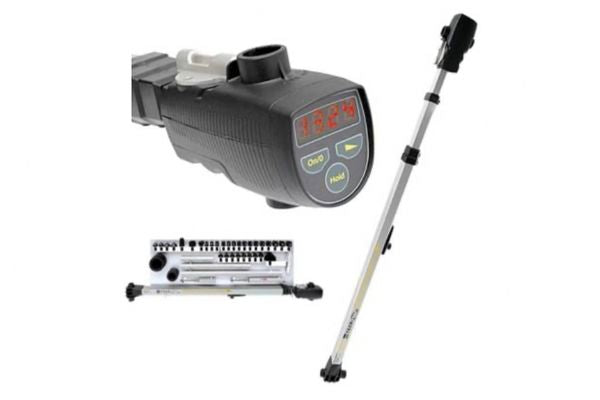
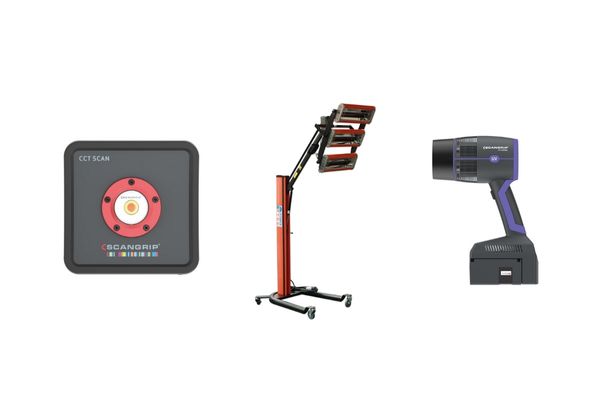
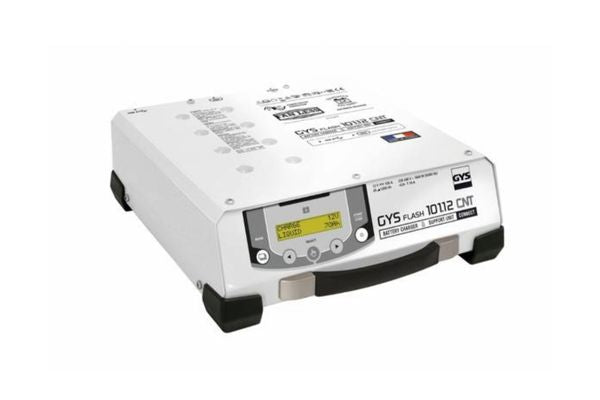
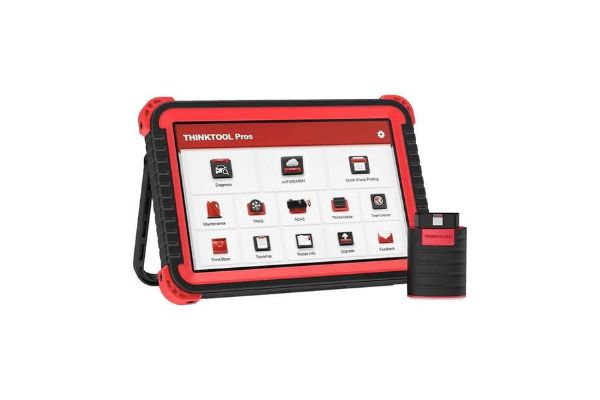
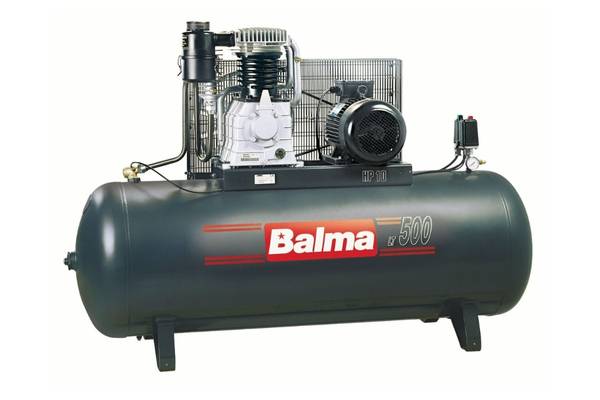
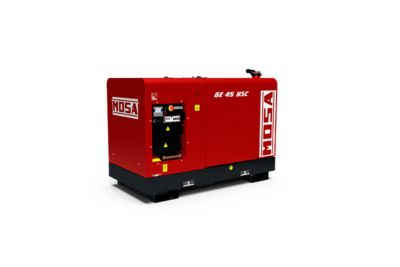
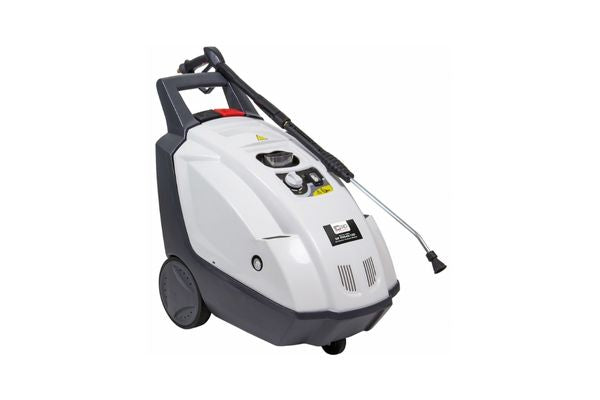
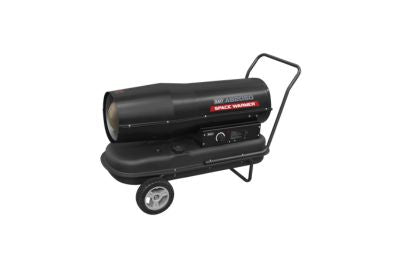
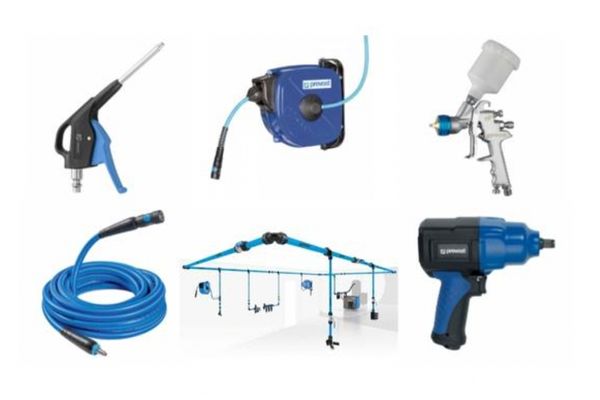
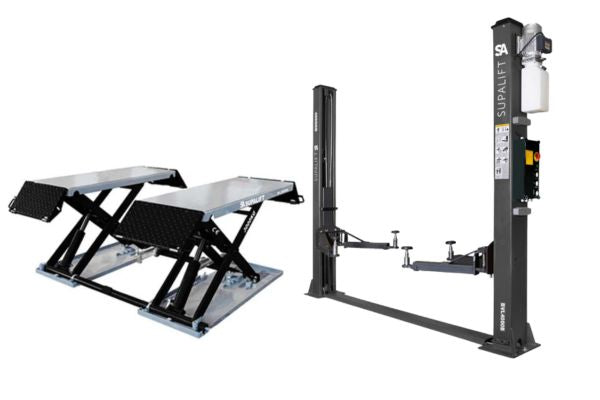
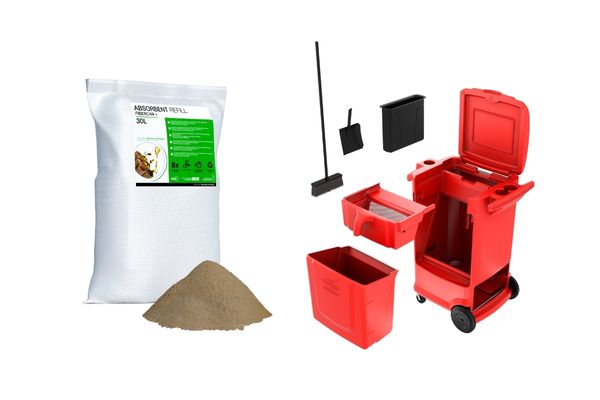
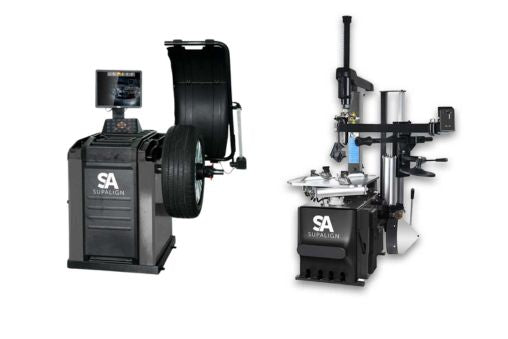
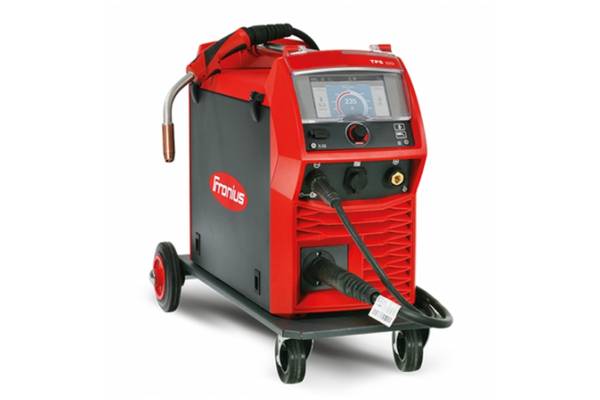
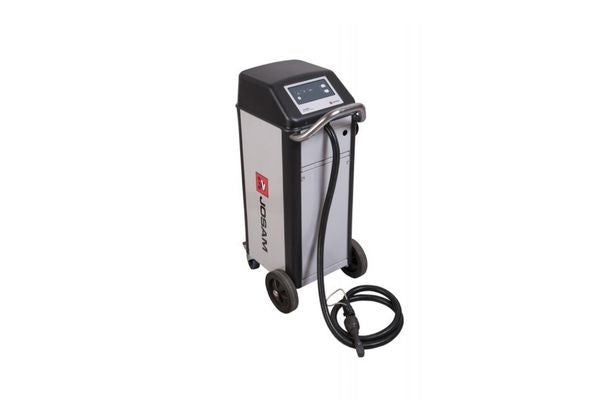
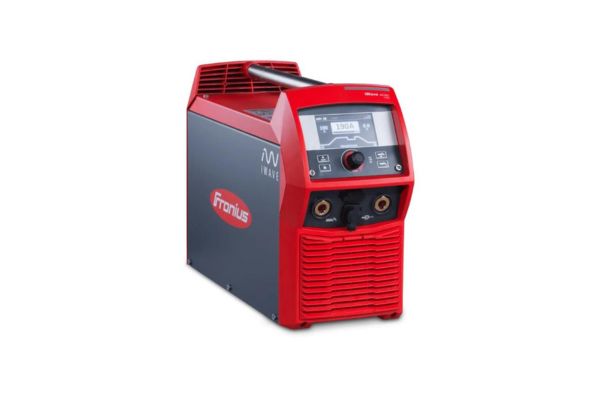
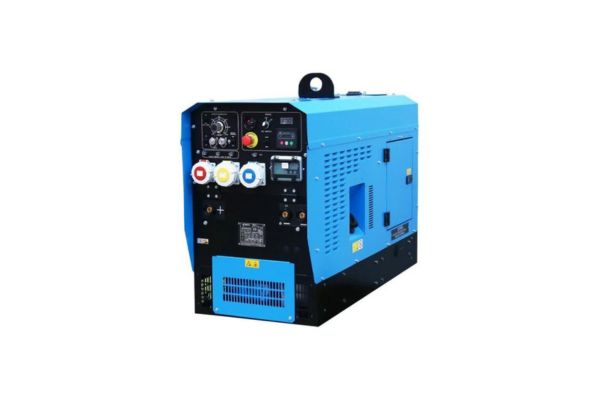
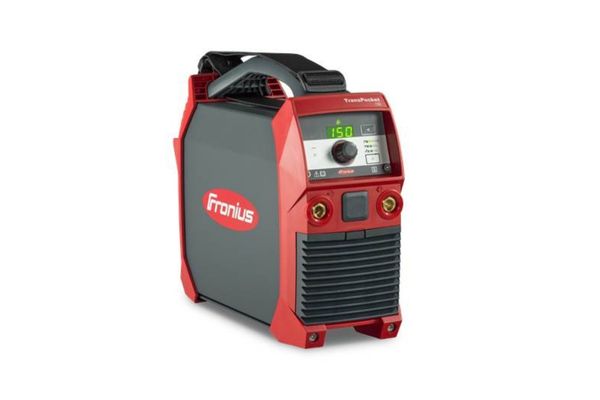
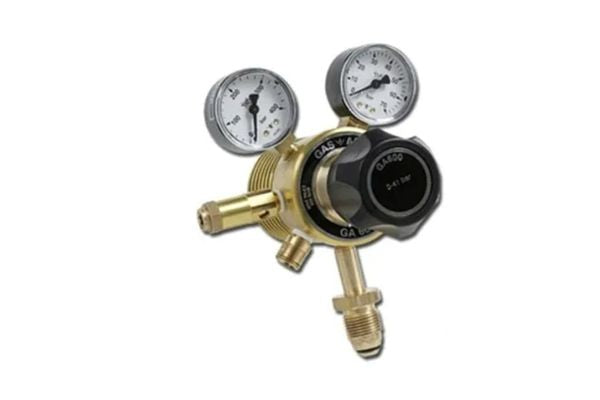
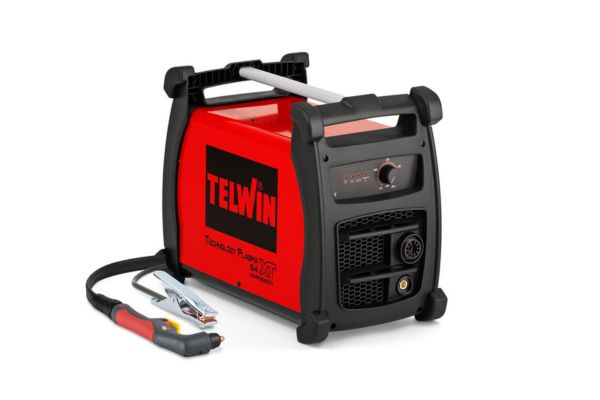
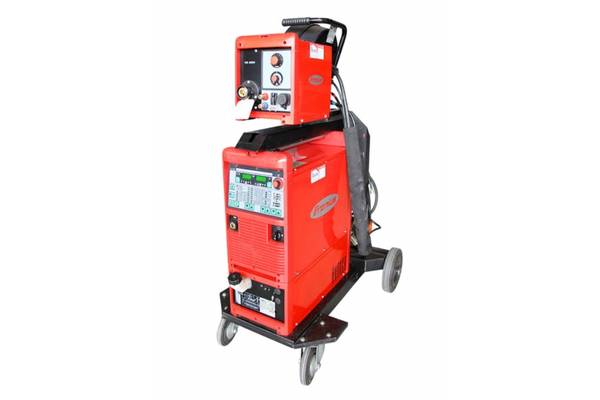
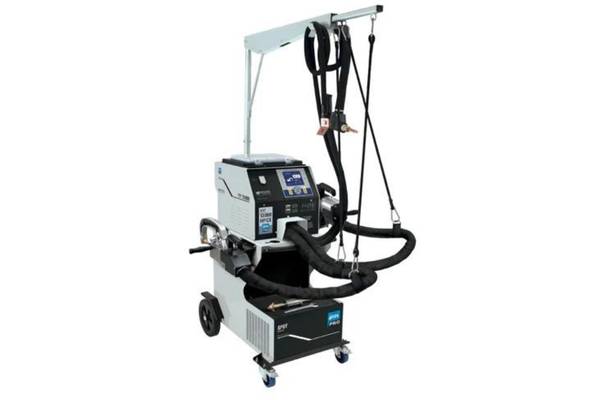
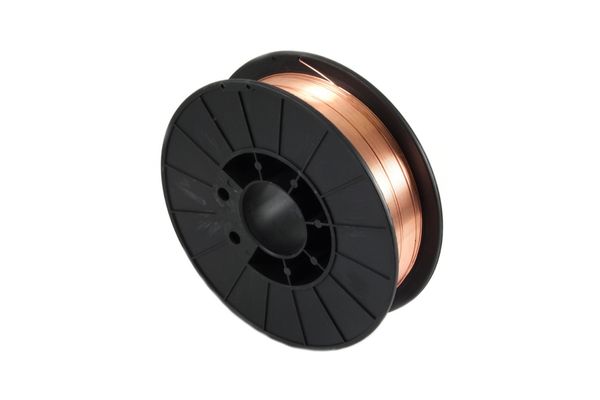
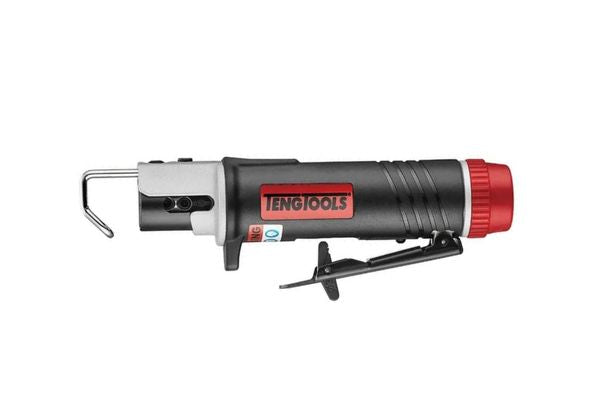
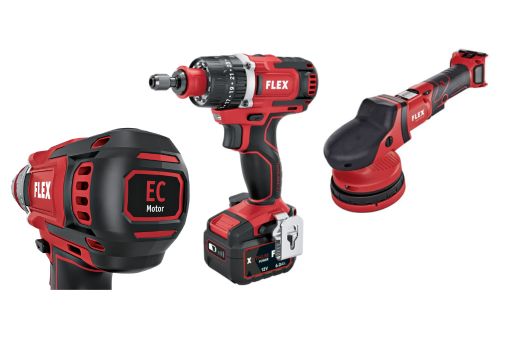
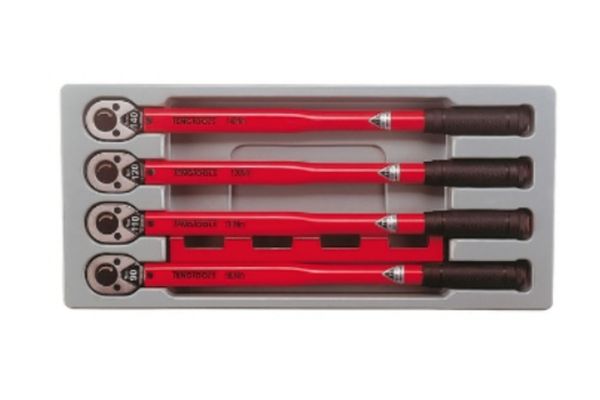
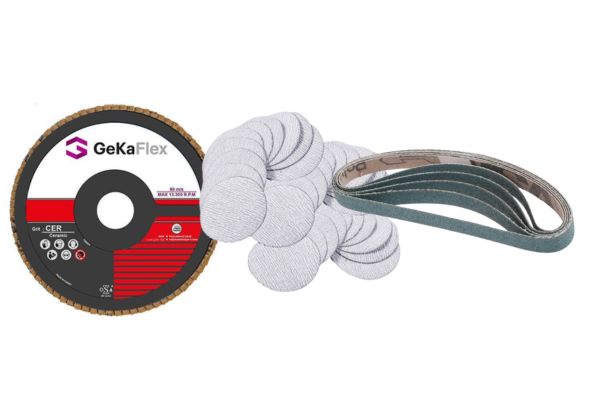
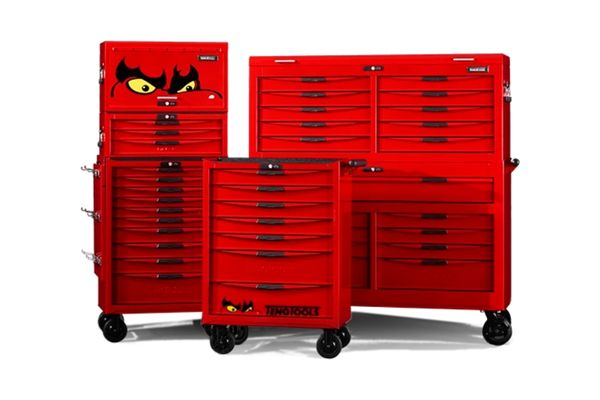
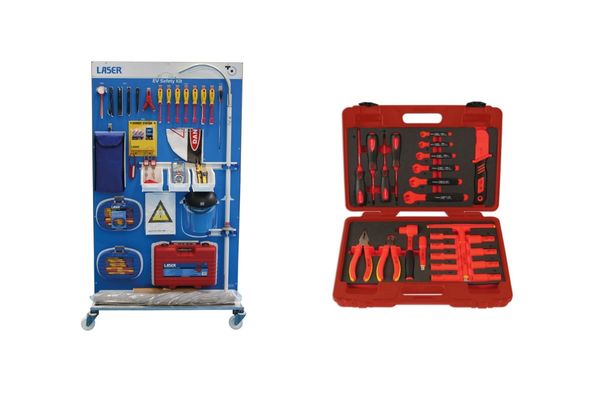
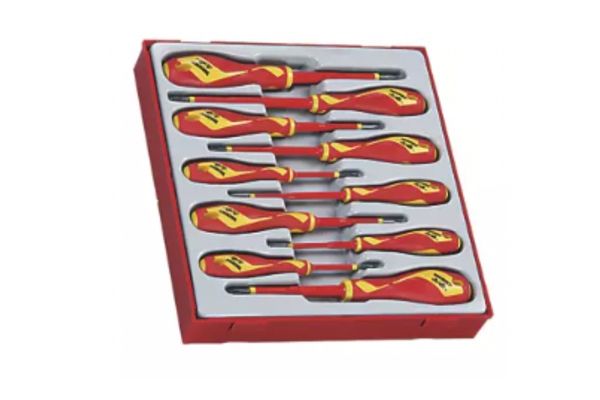
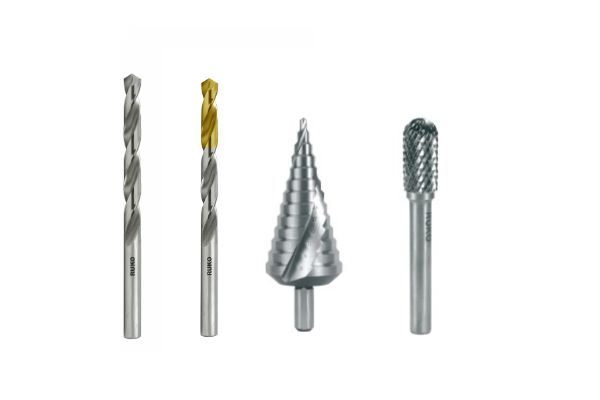
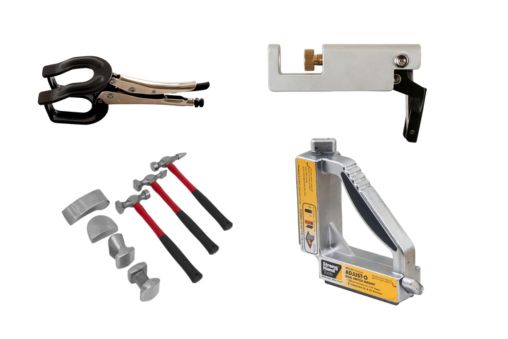
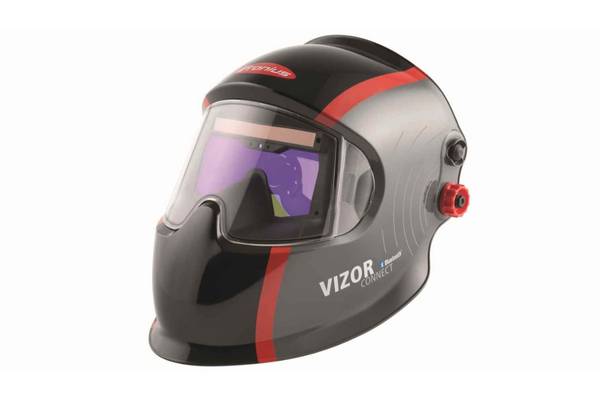
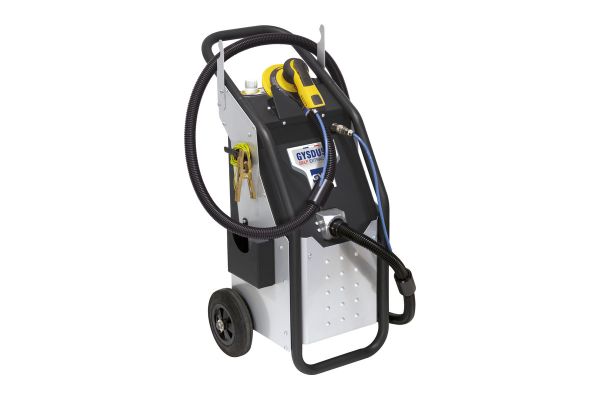
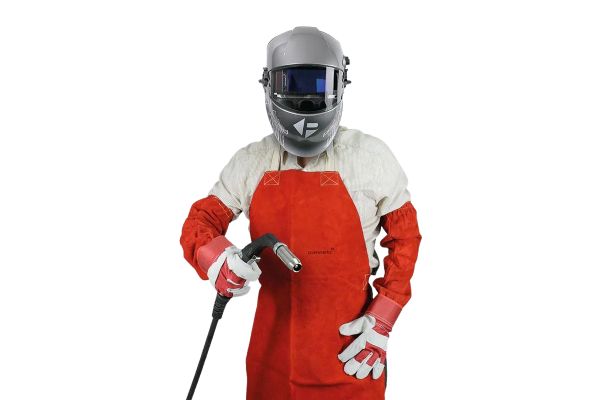
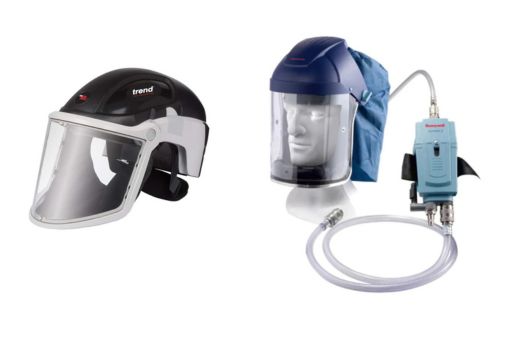
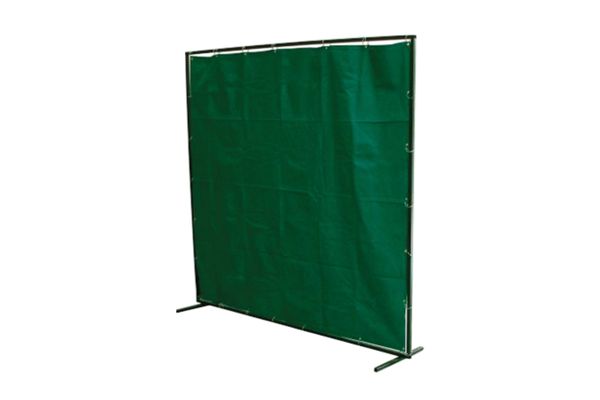
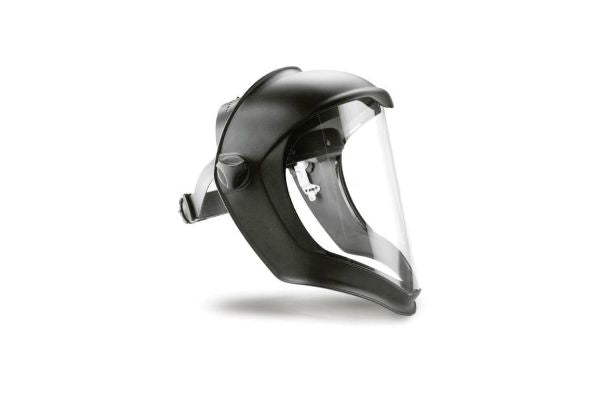
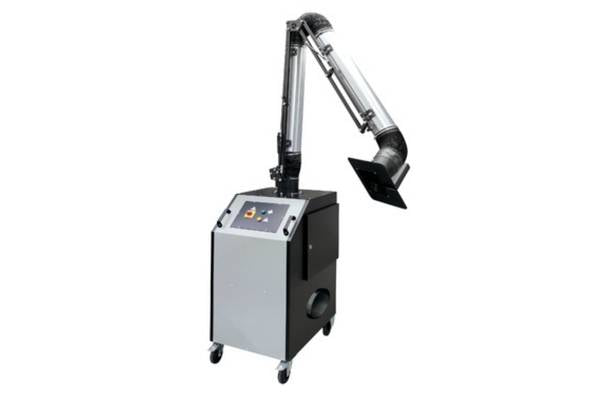
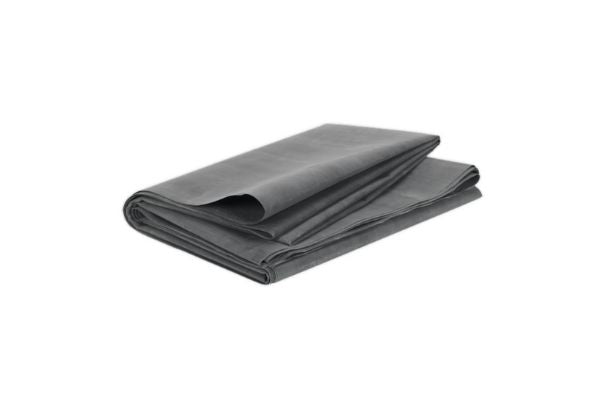








Patrick kertz
April 03, 2024
I would love to try this on my motorcycle tank!!